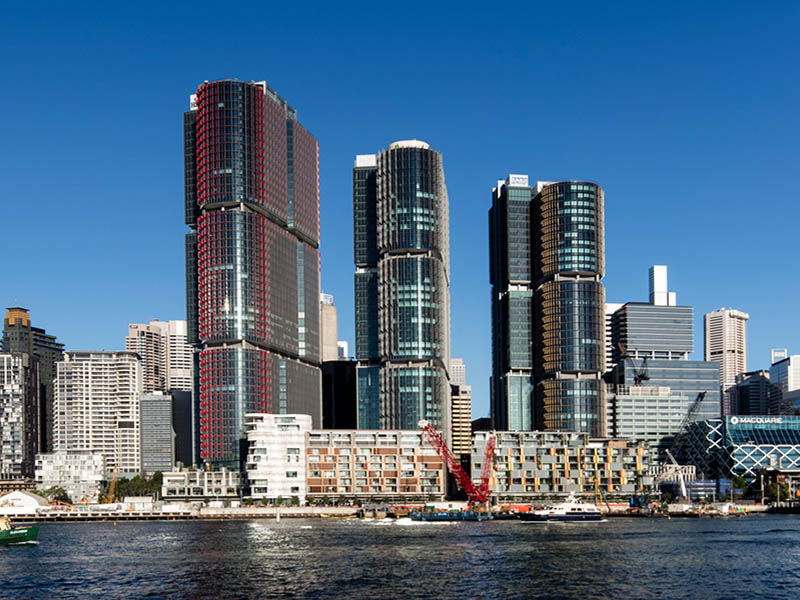Australia, like all other developed Nations, will see an immense increase in population in our cities over the next few decades. With this expansion we will face numerous challenges; environmental, security issues, transportation congestion, and the demand for better education and health services.
Our cities will be under duress. While Technologies exist and are evolving to support such challenges, we must ensure that these solutions are not undertaken in a siloed strategy but rather in a total integrated holistic, multifaceted approach.
“Many cities see Infrastructure as the keystone and a strong foundation for this much needed transformation to a world class Giga City. This has been demonstrated in places such as Chattanooga in the USA and in Chile” says Sue Bryant, Regional Director, Strategy and Business Development at Huawei.

Ms Bryant said that to ensure a Giga City, the network and ICT infrastructure must support 1000s of cameras, sensors, counters and other IOT devices such as on/off detectors, temperature sensors a wide array of informational gathers as well as control devices for example traffic management.
This would demand that all Infrastructure (Network & ICT) experience be 100 per cent available, with zero delay processing.
As the need for Infrastructure dependability increases, so does the need to ensure a secure environment.
Recently USA researchers stated that in less than ten years one out two call will be scams or security breaches. In a world that needs to be constantly communicating and always connect this will pose a great challenge.
Three areas that will need to be looked at in careful detail are security, access and experience.
“In the near future networks are going to be a lot smarter and have artificial intelligence to analyse and understand what’s truly going on and who is sending what messages,” Ms Bryant said.
“Security and intelligence solutions are going to have to drastically change from being reactive to becoming a proactive force to be reckoned with.”
The second area is universal access, which Ms Bryant said would become increasingly important.
Giga Cities will demand connectivity everywhere, homes, office, tunnels, sewers, parking facilities, hospitals, schools, everywhere to name a few every corner on every block must have connectivity, and not just connectivity but high speed, large band width low delay.
Ms Bryant says that with advent of new IOT devices, autonomous vehicles, facial recognition cameras and the like. This challenge will only increase.
For example, today we use Maps to assist us in driving directions utilising GPS, when we enter a blank zone or a tunnel where satellite become impudent, we still have the ability to follow directions because Maps can be downloaded and our driverless vehicles have on-board sensors to assist driving.
In the future autonomous level 4 cars will not only drive themselves, but will know where and when to recharge. This will be done with communications such as 5G and large broadband, satellite will then only be part of the enabler then.
“The transformation to a fully connected Giga City has only just started. We have a ways to go,” she said. .
The third and most important is the connectivity experience, this must be understood not only from the end user perspective but the application and solution as well.
Machines will talk to Machines in a seamless transparent informative manner. Connectivity must be thought of just like when you turn on a tap, or switch on a light, Ms Bryant said.
The need for increased security, universal access and service experience will drive a new generation of networks
Australian governments, particularly local councils, need the resources to plan for the tremendous surge in connected digital applications coming down the pike and we are starting to see councils come together to jointly work out solutions to address their common challenges, says Ms Bryant.
In order to innovate and develop our future cities, it is critical that councils, state and federal governments as well as private enterprises work together to create plans, policies and regulations that will see our cities become smart, sustainable and liveable.
Innovation hubs could be the rallying point for joint collaboration between the ecosystem players.
But we will need the government to help bring it together in a meaningful and coordinated way, as well as set the standards for our future Giga Cities.
“We need to get their arms around how we all come together and that’s why I think the biggest challenge is breaking the silos and creating that much needed collaboration for the betterment of our communities.“
Telecommunications systems and the business and government policies that guide them will need major changes to handle the requirements of connectivity in the future.
Huawei has partnered with InnovationAus.com to present a policy round table titled Connected Communities and Gig Cities at the Civic Nation 2018 event in Sydney on Thursday.
Do you know more? Contact James Riley via Email.

